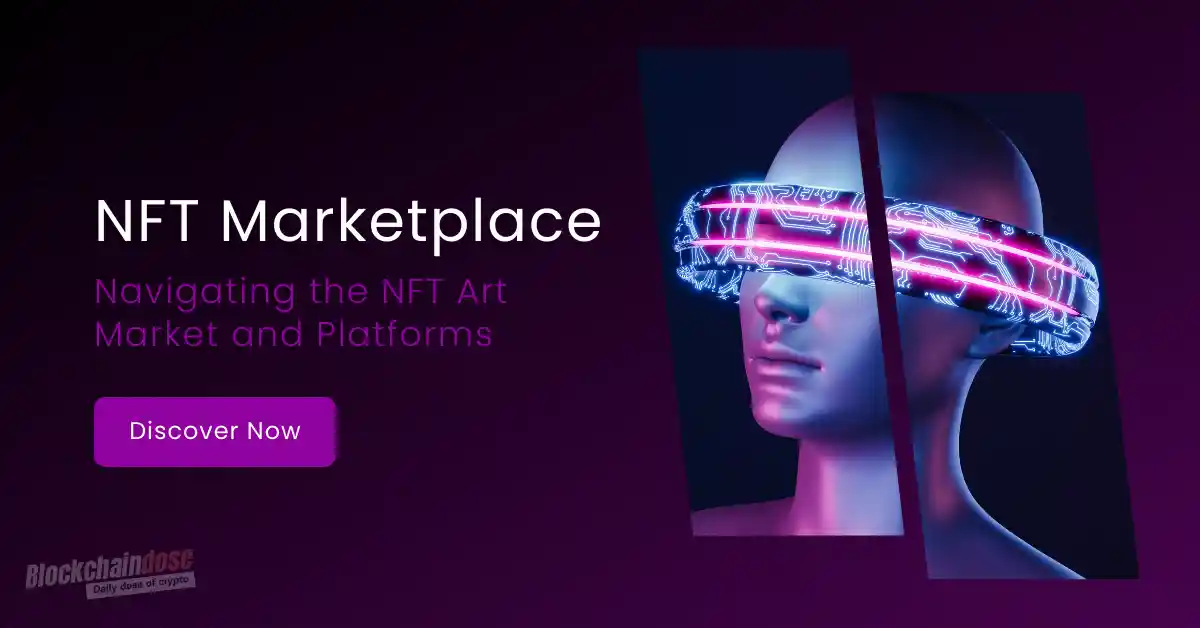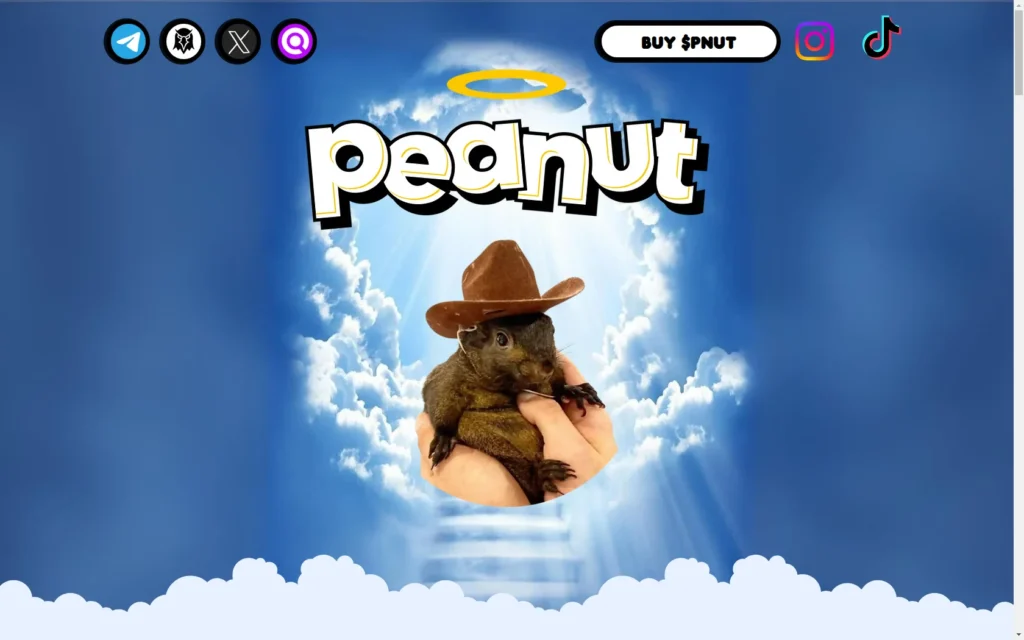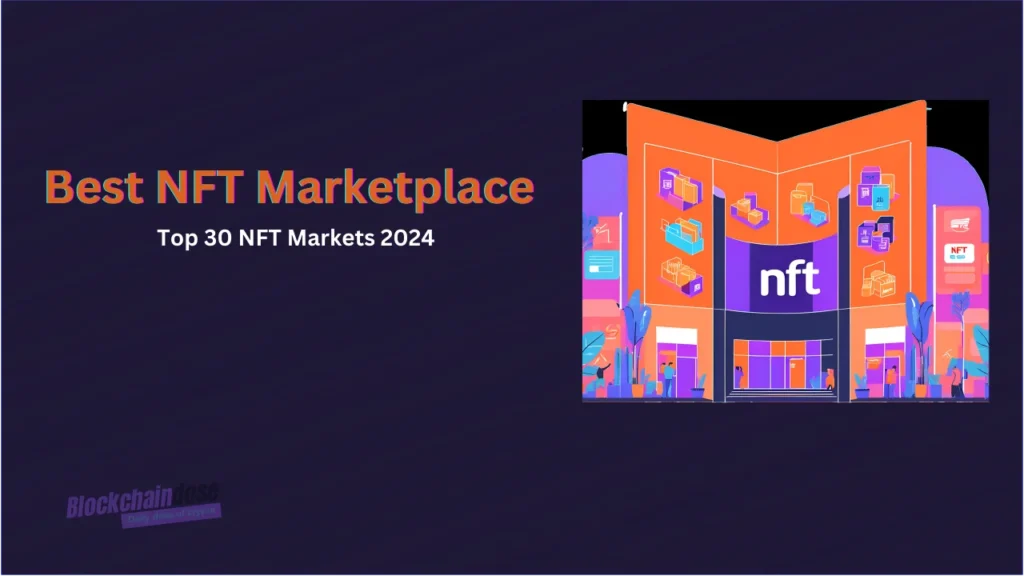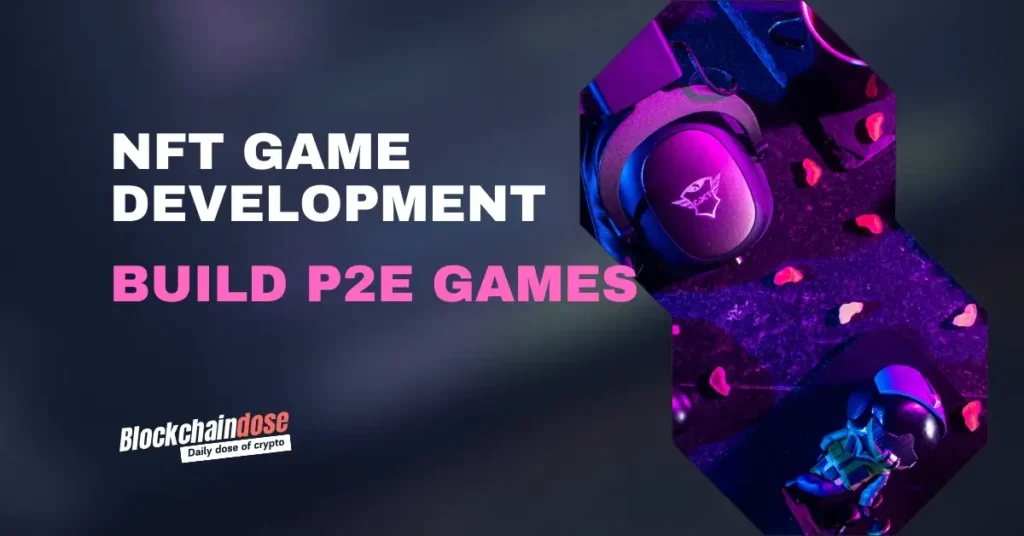In recent years, the NFT art marketplace has transformed from a niche technology to a global sensation. Giving artists, collectors, and crypto enthusiasts alike new opportunities. With NFT platforms, can creators showcase their work in a digital format, while offering investors and collectors a new way to get and trade rare digital assets. But how does this growing field really work, and what makes it so appealing?
This blog post will guide you through the details of NFT marketplaces, from understanding their fundamental workings to exploring key features and navigating the NFT art market. Whether you’re an artist looking to break into the digital scene, an investor seeking the best NFT platform, or simply a tech enthusiast curious about this digital frontier, you’ll find valuable insights here.
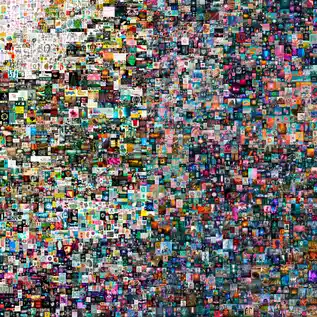
Beginnings of the NFT Art Market
NFTs first gained mainstream attention in 2014, thanks to the pop-culture phenomenon known as “CryptoKitties“. The platform allowed users to trade digital cats, creating a stir and showcasing what’s possible with blockchain technology.
One of the first major NFT art sales was by digital artist Beeple, whose piece “Everydays: The First 5000 Days” sold for an astounding $69 million at auction. This sale marked a turning point for NFTs, capturing the attention of the art world and setting the stage for further exploration and innovation.
Fast forward to today, and NFTs have evolved into a multi-billion-dollar industry.
Understanding NFTs
NFTs, or non-fungible tokens, are digital assets verified using blockchain technology. Each NFT is unique, with its own metadata and blockchain address. For artists, NFTs offer a revolutionary way to sell digital art with the same authenticity as physical works. For collectors, owning an NFT means holding a verified, one-of-a-kind piece of digital art.
NFTs also democratize access to art, allowing artists from anywhere to reach global audiences without the traditional barriers of galleries and auctions. The NFT art market continues to grow, opening a new chapter of creativity and business in the art world.
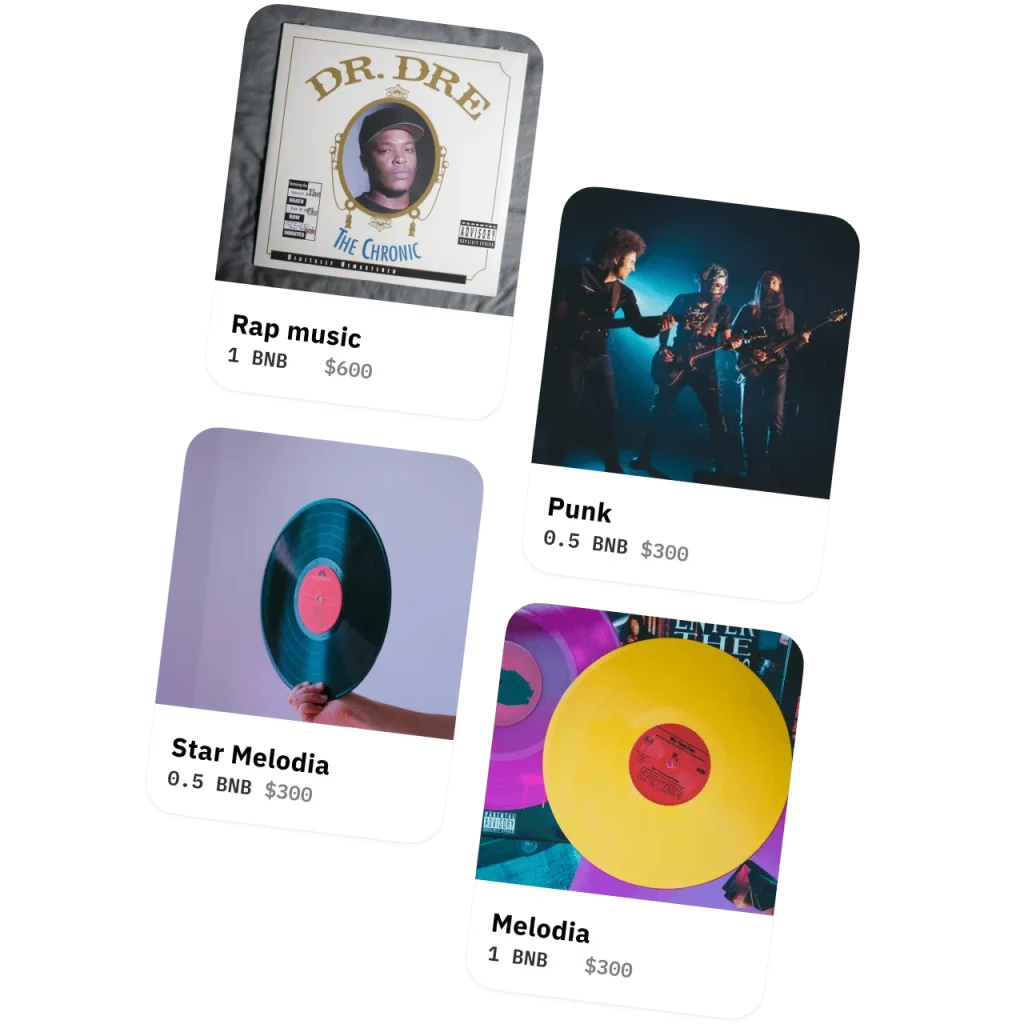
The Benefits of Using NFTs
The main advantage of NFTs is that they offer a secure and transparent way to store and transfer ownership. This makes them ideal for a variety of applications, including art, music, and real estate.
NFTs also allow for fractional ownership, which means that you can own a portion of a larger asset. This is especially useful for investors who want to diversify their portfolio.
How the NFT Marketplace Works
At its core, an NFT marketplace functions much like an online platform where users can buy, sell, and trade NFTs. These platforms leverage blockchain technology to ensure transparency and security, providing a reliable environment for transactions.
When artists create and list NFTs on a marketplace, they mint their work into a unique token on the blockchain. This process guarantees the authenticity and provenance of each piece. Buyers can then purchase these tokens using cryptocurrencies, with transactions recorded on the blockchain for all to see. The marketplace enables these interactions, typically charging fees for minting, listing, and sales.
Key Features of NFT Marketplaces
We summarized the most important features of a successful NFT trading platform. Some of them vary by platform and some are the same everywhere, as they are the main components without which the platform could not function.
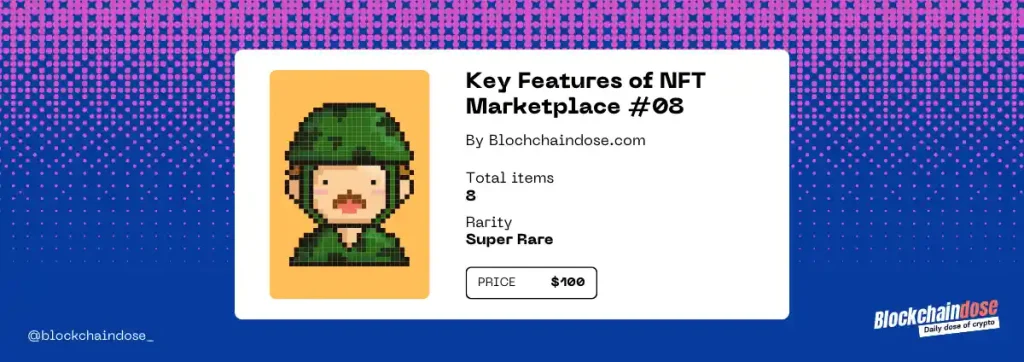
User-friendly interface
One of the defining features of the NFT platform is its user-friendly interface, built to serve both experienced crypto users and beginners. These platforms often provide educational resources to help users understand the process of buying and selling NFTs.
Advanced search and filter options
Part of the interface should include search and filter options, to help users find specific NFTs quickly, whether by category, price, rarity, or other attributes. That means that the NFT art marketplace should offer a wide range of categories, allowing users to explore various types of digital art and assets. From visual art and music to virtual real estate and collectibles.
Integration of digital wallets
Another crucial feature is the integration of digital wallets. These wallets are essential for storing cryptocurrencies and NFTs, enabling users to engage with the marketplace fully. Popular options include MetaMask, Phantom, Keplr, and Trust Wallet, each offering different functionalities and levels of security.
Minting services and analytics
Additionally, NFT marketplaces often provide tools for creators, such as minting services and analytics. Minting tools allow artists to create NFTs without needing to understand blockchain technology, while analytics can offer insights into sales trends, audience engagement, and market demand.
Bidding and Auction Systems
Features for competitive pricing, allowing users to place bids and participate in auctions for NFTs, driving engagement and market activity.
Transaction and Listing Fees
Every NFT art marketplace should have a clear and transparent fee structure for transactions and listings. Often this is the main source of revenue for the NFT platform.
Cross-Chain Compatibility
Some of the NFT art marketplaces support multiple blockchain networks (Cross-Chain Compatibility). This allows users to trade NFTs across different platforms. This connection between different blockchains not only offers a wider variety of NFTs but also creates more chances for buying and selling.
Imagine a collector has NFTs on both the Ethereum and Solana blockchains. Instead of going to two different marketplaces to trade, they can use one multi-blockchain marketplace.
Social and Community Features
Many platforms allow users to follow artists, engage in discussions, and join community events. This creates a sense of connection and teamwork among creators and collectors.
Top NFT marketplaces
Navigating the NFT marketplace requires understanding the key platforms. Major platforms like OpenSea, Rarible, and Foundation have emerged as leaders in the NFT space, each offering unique features and catering to different audiences.
- OpenSea
- one of the largest NFT marketplaces, providing a wide range of digital assets, including art, collectibles, and virtual real estate. Its user-friendly interface and robust search options make it easy for collectors to discover and purchase NFTs.
- Rarible
- known for its decentralized approach, allowing artists to mint their own NFTs and set their terms for sales and royalties. This platform appeals to creators who want more control over their work and a community-driven marketplace.
- SuperRare
- known for its emphasis on high-quality, limited-edition digital art. The platform carefully selects artists to showcase their work, creating an exclusive and curated experience for collectors. SuperRare’s focus on scarcity adds value to the NFTs.
- Foundation
- focuses on high-quality art and exclusive drops, making it an ideal choice for artists looking to showcase their work in a curated environment. Its invitation-only model ensures a level of quality and prestige that attracts serious collectors.
We have prepared a list of the 30 best NFT marketplaces, where we compare all factors to help you make the best decision. Check out our review!
Choosing the Right NFT Art Marketplace
Selecting the right NFT platform is crucial for artists looking to maximize their reach and impact. Factors to consider include fees, audience size, ease of use, and the platform’s reputation within the art community.
The choice of platform should align with an artist’s goals, style, and target audience. Exploring different platforms and experimenting with various strategies can help find the best fit.
Navigating the NFT Art Buying Process
The process of buying and selling NFTs is straightforward, but it requires a basic understanding of blockchain technology and cryptocurrency transactions.
Steps to Buy NFT Art
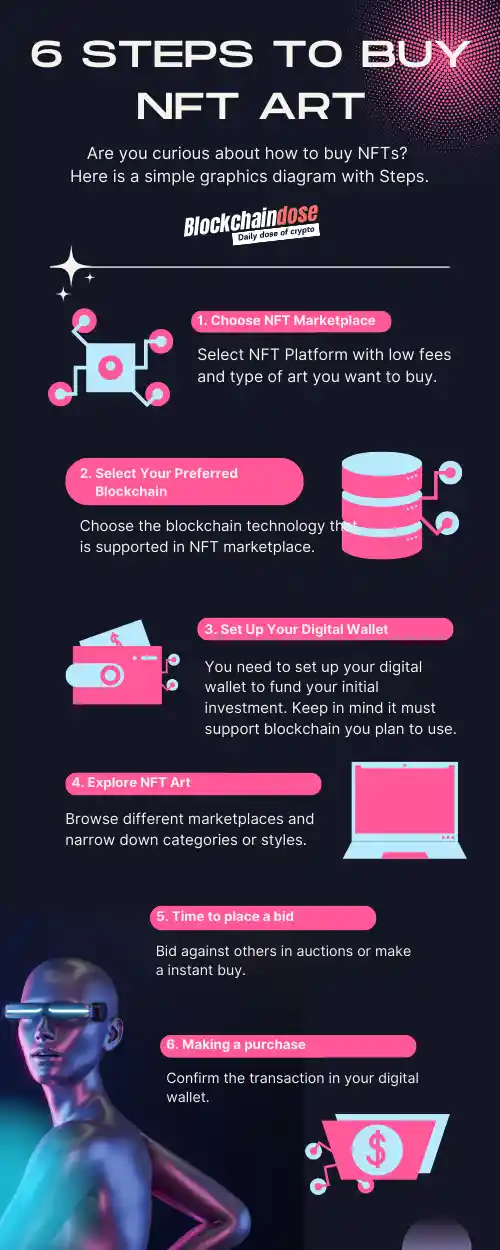
Choosing the Right NFT Marketplace
When selecting a marketplace, several factors should be considered. Transaction fees, community engagement, type of art, and supported blockchains are important aspects to evaluate.
Setting Up a Digital Wallet
Setting up a digital wallet is a simple process. First, choose a wallet that suits your needs and install it as a browser extension or mobile app. There are plenty of available options. The most known are Metamask, Keplr, and Phantom wallets.
Add Funds to Your Wallet
Transfer crypto to your new wallet. Use blockchain that is supported on the NFT marketplace you chose.
Explore NFT Art
Start by browsing different marketplaces and narrowing down categories or styles that interest you.
Understanding Pricing and Bidding
NFTs can be sold at a fixed price or through auctions. In fixed-price sales, the buyer pays the listed price immediately, while auctions involve bidding against other potential buyers until the auction ends.
Making the Purchase
Confirm the transaction in your digital wallet, ensuring you have enough cryptocurrency to cover both the purchase and any gas fees. Make sure you use the same blockchain as the marketplace where you are buying an NFT.
Challenges and Risks in the NFT Art Market
The NFT art market is characterized by rapid fluctuations in prices, which can be both exciting and challenging. Understanding the unpredictable nature of NFT prices is crucial for navigating this dynamic landscape.
NFT Market Volatility
Several factors contribute to NFT market volatility:
- Market Sentiment
- Changes in demand
- Market Liquidity
- Cryptocurrency Prices
- Release of new collections
- Regulatory updates or media coverage
Staying informed and monitoring market trends can help you make better investment decisions. It’s essential to approach NFT investments with a long-term perspective and avoid speculative behavior based on short-term price movements. Develop a strategy that considers your risk tolerance and financial goals.
Security
With the rise of crypto, there are more and more scams, frauds, and hacking. You can see it every day on social platforms, like X, or people reaching out to you with weird messages on Telegram or WhatsUp.
What can you do to protect your digital assets?
- Choose reputable platforms with strong security
- Verify the authenticity of NFTs by checking the artist’s official profiles and social media
- Use third-party verification services, such as Etherscan, to confirm the legitimacy of an NFT’s metadata and transaction history
- Store your digital assets in secure wallets with multi-factor authentication and backup options
- Use common sense and don’t be fooled by talk of quick money!
The Future of NFT Art and Marketplaces
Current Trends in the NFT Art Market
Today, NFTs are redefining what it means to create and collect art. The rise of digital art galleries and exhibitions has further fueled the growth of the NFT art market. Platforms like Decentraland and Cryptovoxels offer virtual galleries where users can explore, interact, and purchase NFT art.
In addition to these creative developments, the NFT art market is experiencing a surge in collaborations between artists, musicians, and brands. These partnerships are expanding the reach of NFTs and introducing new audiences to the world of digital art.
Predictions for Market Growth
The future of the NFT art market looks promising, with continued growth and innovation on the horizon. Emerging trends, such as augmented reality (AR) and virtual reality (VR) art experiences, are set to revolutionize how we interact with digital artworks.
The integration of artificial intelligence (AI) and machine learning into NFT creation and curation processes will enhance personalization and discovery. As the NFT ecosystem matures, we can expect greater collaboration between traditional art institutions and digital artists.
Potential Innovations in NFT Marketplaces
Future advancements in NFT marketplaces will likely focus on enhancing user experience, accessibility, and inclusivity. Decentralized finance (DeFi) solutions, such as fractional ownership and NFT-backed loans, will open up new opportunities for collectors and investors to leverage their digital assets. With these potential innovations, the NFT art market will continue to grow and offer exciting opportunities to everyone.
Conclusion
The NFT art market has transformed the way we create, buy, and sell art and other digital assets. It brings new opportunities, especially for artists who were previously limited to physical auctions and gallery showcases. However, more and more people from the crypto space are coming and discovering NFT, as they see in it other possibilities to evaluate their investments.
The NFT marketplace is a thrilling new space where technology and creativity come together. But for many, it’s still a mystery. Let’s simplify the NFT world and learn how to succeed in it.
FAQ
An NFT, or Non-Fungible Token, is a unique digital asset verified using blockchain technology. Unlike other cryptocurrencies, NFTs are unique and cannot be exchanged on a one-to-one basis.
An NFT marketplace functions like an online platform where users can buy, sell, and trade NFTs. Artists can mint their digital work into unique tokens, and buyers can purchase these tokens using cryptocurrencies. The blockchain records all transactions, ensuring transparency and authenticity.
A successful NFT marketplace typically includes a user-friendly interface, advanced search and filter options, integration with digital wallets, minting services, bidding and auction systems, transparent transaction fees, and cross-chain compatibility.
OpenSea is the largest platform offering a wide range of digital assets; Rarible is a decentralized marketplace that empowers artists to mint and control their NFTs and Foundation focuses on exclusive, invitation-only drops.
An NFT marketplace makes money through various fees, including transaction fees, minting fees for creating NFTs, listing fees for posting NFTs for sale, and auction fees for bidding activities. Some platforms also offer premium memberships or take a percentage of royalties from secondary sales.
